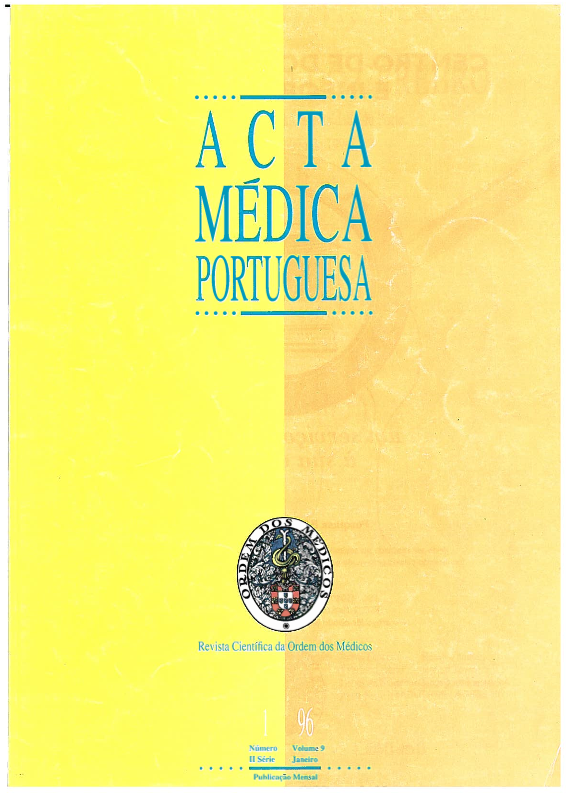Homocysteinemia as a risk factor for cerebrovascular disorders. The role of age and homocysteine levels.
DOI:
https://doi.org/10.20344/amp.2545Abstract
To evaluate importance of homocysteinemia as risk factor of thrombotic cerebrovascular disease, in terms of age and homocysteinemia levels.A group of patients under 55 years old (n = 35, 21 males) that had suffered a stroke 3 months to 1 year before the study, defined by clinical criteria and the presence of cerebral infarction confirmed by tomography, without history or predisponents to embolic disease. The patients were matched with a group of controls without vascular pathology of a check-up program, in terms of age and sex. Patients and controls with history of alcoholism, signs or laboratory of renal or hepatic insufficiency or with history of recent ingestion of vitamins of the group B were excluded since these conditions could influence homocysteinemia levels. We measured to patients and controls the plasmatic basal homocysteinemia and homocysteinemia 6 hours after methionine overload of 0.1 g/Kg body weigh. We estimated case-control odds ratio of hyperhomocysteinemia globally and by age groups, and odd ratio of different levels of homocysteinemia.Hyperhomocysteinemia case-control global odds ratio was 5.7, being higher in younger patients (8.8 below and 3.5 after the age of 45 years). Homocysteinemia as a risk factor of cerebrovascular disease presented as a continuous effect: low homocysteinemia was protective, and the higher the homocysteinemia, the higher the cerebrovascular risk proved to be. In these circumstances, heterozygozyty of cysthationine beta synthase deficiency, refered as the more important cause of hyperhomocysteinemia, cannot account for most of the cases of hyperhomocysteinemia.Downloads
Downloads
How to Cite
Issue
Section
License
All the articles published in the AMP are open access and comply with the requirements of funding agencies or academic institutions. The AMP is governed by the terms of the Creative Commons ‘Attribution – Non-Commercial Use - (CC-BY-NC)’ license, regarding the use by third parties.
It is the author’s responsibility to obtain approval for the reproduction of figures, tables, etc. from other publications.
Upon acceptance of an article for publication, the authors will be asked to complete the ICMJE “Copyright Liability and Copyright Sharing Statement “(http://www.actamedicaportuguesa.com/info/AMP-NormasPublicacao.pdf) and the “Declaration of Potential Conflicts of Interest” (http:// www.icmje.org/conflicts-of-interest). An e-mail will be sent to the corresponding author to acknowledge receipt of the manuscript.
After publication, the authors are authorised to make their articles available in repositories of their institutions of origin, as long as they always mention where they were published and according to the Creative Commons license.









